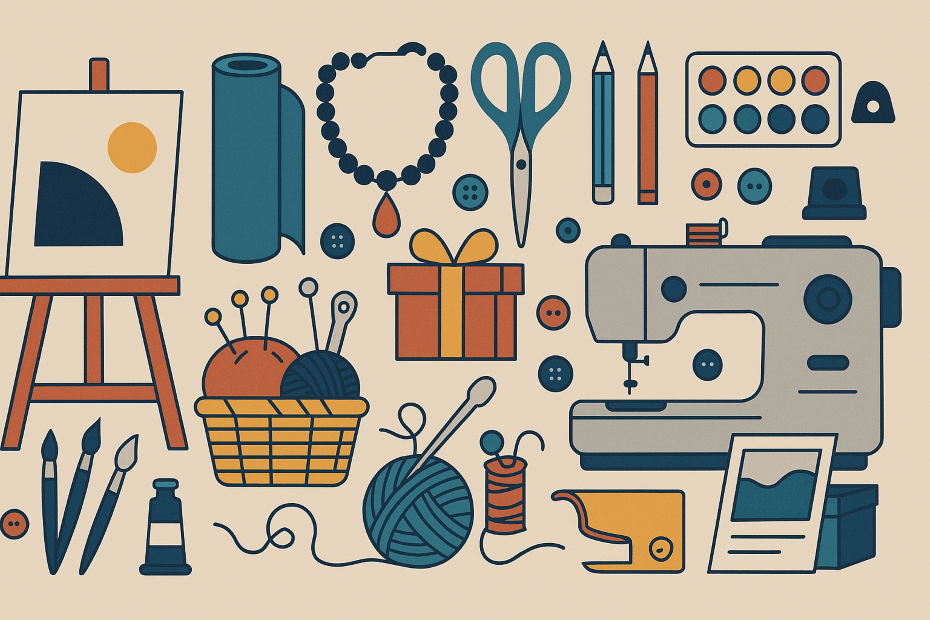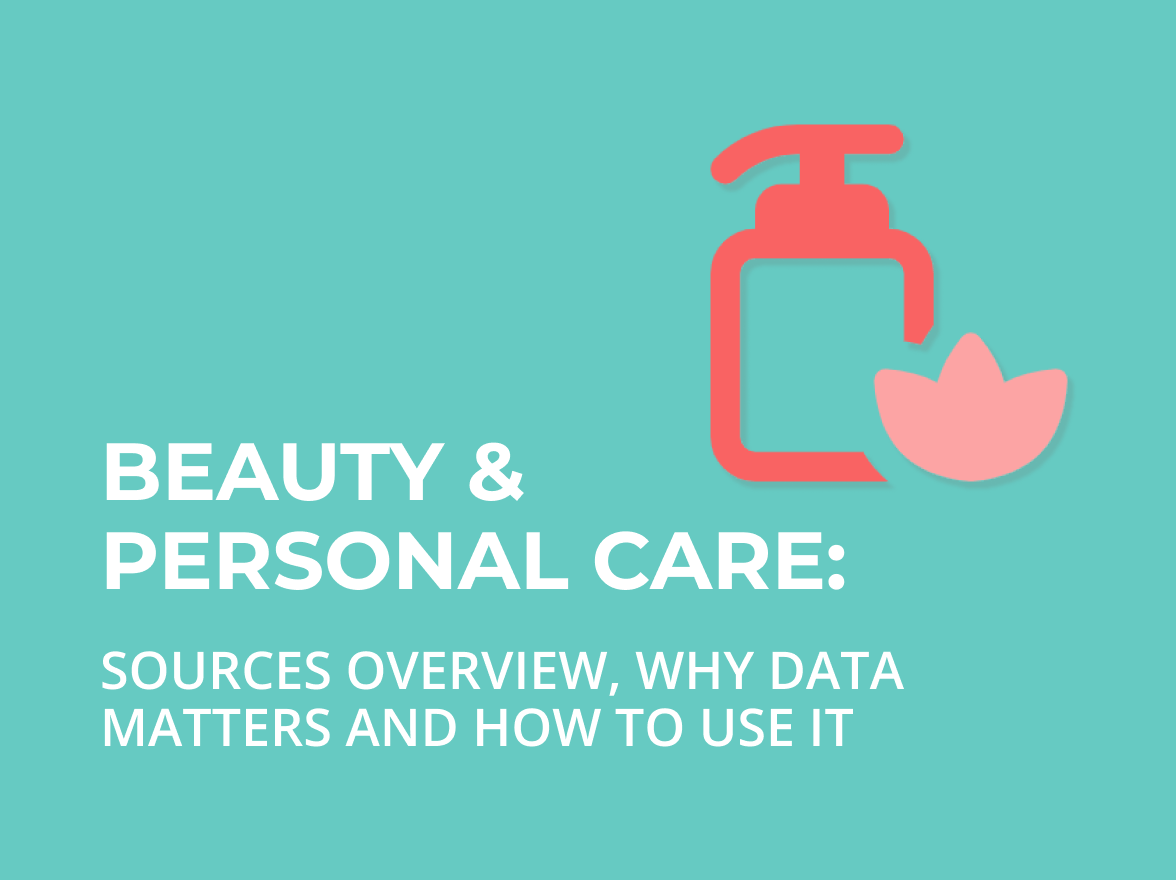Automotive products: Market overview, data sources, and regional leaders
The automotive products market, spanning car and motorcycle parts, accessories, consumables, tools, and tires, is vast, resilient, and increasingly digital-first.
The Arts, Crafts & Sewing industry is one of the most colorful and diverse segments of the consumer goods market. It combines creativity with commerce, hobbyist passion with professional entrepreneurship, and tradition with innovation. From painting supplies and knitting yarn to scrapbooking kits and sewing machines, this sector fuels both personal expression and small-business growth.
In an era where digital platforms like Amazon and Etsy have become primary shopping destinations, understanding the scale and trends of this industry is critical. Data-driven analysis allows manufacturers, retailers, and wholesalers to navigate a competitive landscape, identify opportunities, and make informed decisions.
The industry covers a wide variety of product categories, including but not limited to:
This diversity means the industry appeals to a wide spectrum of consumers and professionals, making it both vibrant and complex.

The customer base is equally varied:
This mix of individual and business users underscores the wide demand base and long-term potential of the sector.
On Amazon.com alone, there are hundreds of thousands of Arts, Crafts & Sewing products listed across categories. Paintbrushes, knitting yarn, sewing machines, and scrapbooking kits number in the tens of thousands each. This breadth reflects both the global demand for these goods and the intensity of competition for visibility and pricing on ecommerce platforms.
The most popular marketplaces and specialized stores
Arts, Crafts & Sewing products are available across general ecommerce giants and specialized niche stores:
This mix of global marketplaces and specialized regional stores gives both consumers and businesses many options—and generates rich datasets for analyzing product demand, pricing, and supply chains.
Manufacturers, retailers, and wholesalers in this space face common challenges:
Without structured data, these questions remain guesswork. With the right datasets, businesses can:
Here are several real-world examples of how data can drive decisions in this sector:
A small apparel company specializing in custom T-shirts wants to choose the right suppliers for heat-transfer vinyl and fabric paints.
By analyzing marketplace data, they can compare supplier pricing, delivery times, and customer ratings to ensure consistent quality and profitability.
A jewelry crafter needs to understand which bead materials (glass, metal, stone) are most in demand.
Market data helps them see trends in product reviews and pricing, allowing them to stock items that resonate with buyers.
A fabric store chain wants to expand its online catalog.
With structured datasets, it can track which fabric patterns are selling well on Amazon and adjust its purchasing strategy accordingly.
A company selling art kits to schools wants to optimize bundles.
Marketplace data shows which sets of supplies are bought together, enabling them to design better packages for classrooms.
A new ecommerce shop wants to compete in scrapbooking supplies.
Data on competitor pricing and keyword trends reveals how to position its products to gain traction.
A wholesaler distributing knitting and sewing materials across regions needs to see seasonal shifts (e.g., increased yarn demand in winter).
Historical sales and review patterns provide clarity on when to increase stock levels.
A global manufacturer wants to test market entry in North America.
By analyzing Amazon’s category data, they can see which products dominate search results and which niches remain underserved.
To meet these needs, SSA Group provides Arts, Crafts & Sewing Datasets as part of its broader ecommerce data services. These datasets:
Explore our dedicated dataset: Amazon Arts, Crafts & Sewing Dataset
Beyond datasets, SSA Group can also develop custom BI solutions, building dashboards and reports that transform raw marketplace data into actionable intelligence for strategic planning.
The Arts, Crafts & Sewing industry is vast, diverse, and fueled by both personal passion and professional opportunity. With millions of products online and a broad customer base, success depends on understanding what sells, when, and why.
Structured datasets make this possible—unlocking insights into pricing, demand trends, supplier performance, and customer sentiment. With SSA Group’s ecommerce datasets and BI solutions, companies can stay ahead of competition, identify new opportunities, and bring clarity to a highly dynamic market.

The automotive products market, spanning car and motorcycle parts, accessories, consumables, tools, and tires, is vast, resilient, and increasingly digital-first.

The Beauty & Personal Care market is rapidly evolving — fragmented across private-label drugstores, prestige specialists, and fast-scaling e-commerce platforms.
you're currently offline